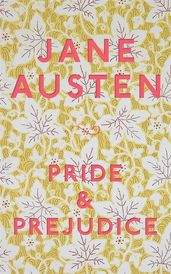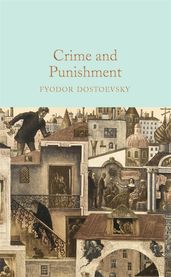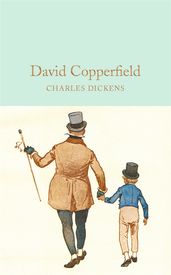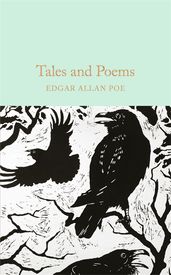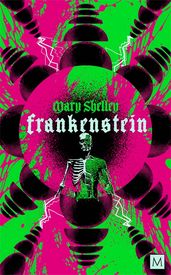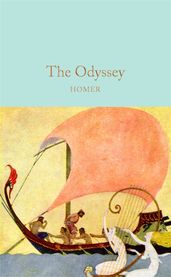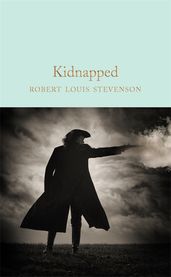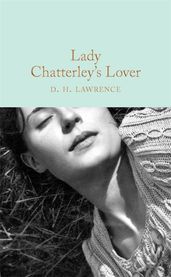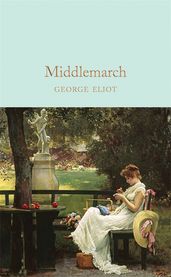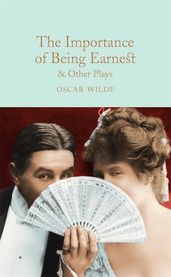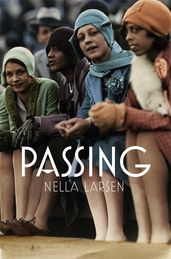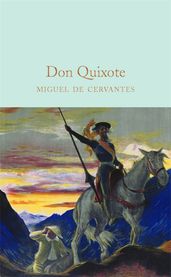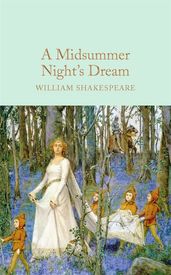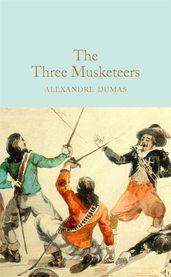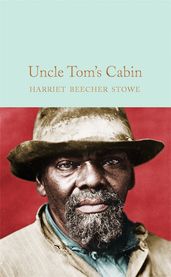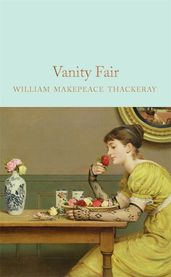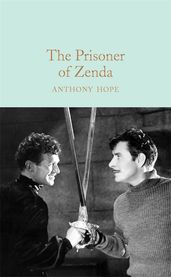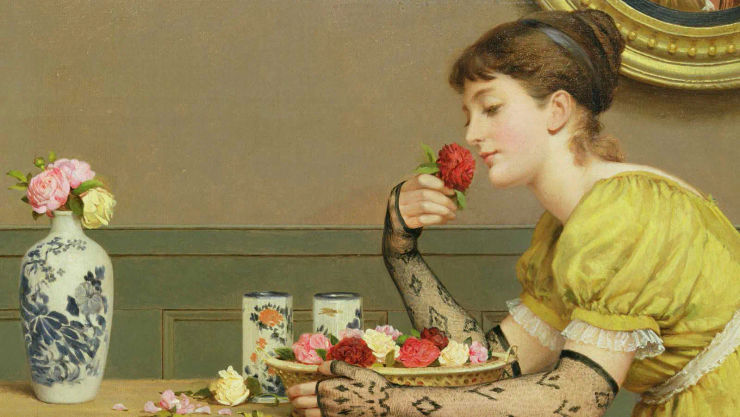Our A-Z guide to reading the classics
Discover our simple A-Z guide to reading the classics.

If you want to start reading the classics but aren’t sure where or how to start, why not use our simple A-Z reading guide and work your way through the essential classics alphabetically! From Austen to Shakespeare, The Great Gatsby to Vanity Fair, our comprehensive list will make you a classic literature expert in no time.
A is for Austen
Pride and Prejudice
by Jane Austen
Of course, our guide has to start with Austen, one of the world's most beloved writers whose romantic social satires continue to enthral readers around the world. If you've never read any Jane Austen before, then why not start with her best-known and most celebrated work, Pride and Prejudice. A tour de force of wit and sparkling dialogue, Pride and Prejudice shows how the headstrong Elizabeth Bennet and the aristocratic Mr Darcy must have their pride humbled and their prejudices dissolved before they can acknowledge their love for each other.
B is for Brontë
Jane Eyre
by Charlotte Brontë
You have the pleasure here of discovering the works of each Brontë sister: Charlotte, Emily and Anne. Each of the three sisters were published during their lifetime under the pen names: Currer, Ellis and Acton Bell. Their novels are strikingly different but all beautifully written and utterly absorbing. We recommend starting with the masterpiece that introduced the world to one of fiction's most memorable protagonists, Jane Eyre.
C is for Crime and Punishment
Crime and Punishment
by Fyodor Dostoevsky
There are many great works of Russian literature that are worth your time, but if you’re looking to read just one of these epic masterpieces, then we’d recommend Dostoevsky’s sensational Crime and Punishment. A compelling story of a double murder and its aftermath, poverty-stricken Rodion Raskolnikov kills a pawnbroker and her sister, seemingly for financial gain, but soon finds himself struggling with the true forces that drove him to murder.
D is for Dickens
David Copperfield
by Charles Dickens
One of Britain’s best-selling authors of all time Charles Dickens is an incredibly important figure in our literary heritage. Known for his rich narratives, eccentric characters and atmospheric scene-setting, every Dickens novel is a delight, but our personal favourite has to be David Copperfield. But don’t just take our word for it, Dickens himself described David Copperfield as as his 'favourite child' among his novels.
E is for Edgar Allan Poe
Tales and Poems
by Edgar Allan Poe
“And the Raven, never flitting, still is sitting, still is sitting
On the pallid bust of Pallas just above my chamber door;”
If these few lines sent a shiver down your spine, then you are sure to enjoy the work of Edgar Allan Poe. His mesmerising and macabre stories and poems covered themes of murder, obsession and love. In this collection, discover some of his best-known poetry, including 'The Raven', 'Annabel Lee' and 'Lenore' as well as some of his finest short stories.
F is for Frankenstein
Frankenstein
by Mary Shelley
One of the BBC's 100 Novels That Shaped Our World, Frankenstein is Mary Shelley's dark parable of science misused. Victor Frankenstein, a brilliant but wayward scientist, builds a human from dead flesh. Horrified at what he has done, he abandons his creation. The hideous creature learns language and becomes civilized but society rejects him. Spurned, he seeks vengeance on his creator. This novel paved the way for modern science fiction as we know it and Frankenstein’s Monster undeniably goes down as one of the greatest misunderstood creatures ever written.
G is for Great Gatsby
The Great Gatsby
by F. Scott Fitzgerald
Despite selling less than 20,000 copies in the first year of its publication, The Great Gatsby is now established as a literary classic, fully deserving of its place in our guide! Gatsby lives mysteriously in a luxurious Long Island mansion, playing lavish host to hundreds of people. And yet no one seems to know him or how he became so rich. But Gatsby cares for one person alone – Daisy Buchanan. Little does he know that his infatuation will lead to tragedy and end in murder. A glittering but cynical portrait of the American Dream that beautifully captures the flamboyance and cruelty of America's Jazz Age, it is no wonder Fitzgerald’s novel has been adapted so many times.
H is for Homer
The Odyssey
by Homer
For H, we’re taking it right back to epic myths and legends with the work of Homer. Not much is known about the ancient bard, but it is thought thought that he lived on Chios, an island off the west coast of Turkey, some time between 1100 and 700 BC. His two influential texts The Iliad and The Odyssey are incredible adventure stories that have inspired writers, artists and classical composers across the ages. First, get started with The Iliad, set during the tenth year of the Trojan war as the Greek army seek to reclaim Helen from Troy.
I is for I Capture the Castle
I Capture the Castle
by Dodie Smith
You won’t be able to help falling in love with Dodie Smith’s coming-of-age classic from the very first line: 'I write this sitting in the kitchen sink.’ Perfectly capturing the coming-of-age experience, from the agonies of falling in love for the first time to the highs and lows of family life, this novel continues to resonate with adults and teenagers alike. Through the eyes of middle-child Cassandra, fall in love with the eccentric Mortmain family as they ramble around the vast, decrepit castle that is their home.
J is for James Joyce
The Dubliners
by James Joyce
James Joyce, an Irish novelist and poet, is regarded as one of the most influential and important writers of the 20th century and is credited with writing one of the most challenging reads of all time: Finnegan's Wake. But fear not, we're not suggesting you take on this daunting literary tome. Instead, discover the wonder of Joyce's writing through his far more approachable collection of short stories Dubliners. Containing moments of joy, fear, grief, love and loss, the stories remain as refreshingly original and surprising in this century as they did in the last.
K is for Kidnapped
Kidnapped
by Robert Louis Stevenson
Take a trip down memory lane and revisit a classic with Robert Louis Stevenson's classic, swashbuckling novel Kidnapped. Headstrong David Balfour, who is orphaned at seventeen, is betrayed by his wealthy uncle and forced to go to sea. Making an alliance with Jacobite adventurer Alan Breck, together they make an epic escape across the western Highlands. This rip-roaring adventure is filled with bizarre encounters, political assassination and wild carousings with Robert Louis Stevenson’s unique blend of low morals and high comedy throughout.
L is for Lady Chatterley's Lover
Lady Chatterley's Lover
by D. H. Lawrence
This next classic read is infamous not just for its racy, romantic plot but for the scandal it caused on publication. In Lady Chatterley’s Lover, D. H. Lawrence tells the story of a wife yearning for human contact after her husband returns from war paralysed, and her subsequent illicit and passionate affair with their estate’s gamekeeper, Mellors. The book was published privately in 1928 but banned in the UK and America. After a groundbreaking obscenity trial against Penguin Books, it was published in 1960 and promptly sold three million copies.
M is for Middlemarch
Middlemarch
by George Eliot
Often described as the best English-language novel of all time, Middlemarch is an essential addition to this list. A masterpiece of candid observation, emotional insight and transcending humour, Middlemarch is a truly monumental novel. Dorothea Brooke is a young woman set on filling her life with good deeds. She pursues the pompous Edward Casuabon, convinced that he embodies these principles, and becomes trapped in an unhappy marriage. Then there is Tertius Lydgate, an anguished progressive whose determination to bring modern medicine to the provinces is muddied by unrequited love. Middlemarch explores almost every subject of concern to modern life and so remains as culturally relevant today as it has ever been.
N is for Narrative of the Life of Frederick Douglass
Narrative of the Life of Frederick Douglass
by Frederick Douglass
This unique memoir tells the incredible story of a man's escape from slavery and journey to freedom. Maryland 1818, Frederick Douglass is born into a life of slavery. Spending his youth being passed from master to master, city to field, he is subjected to unimaginable cruelty. But, coming to the realisation that education might be the key to his salvation, he learned to read and write. Using everything he learned, Douglass managed to escape and eventually become a free man. This memoir was hugely influential in the abolition of slavery, a goal that Douglass devoted his live to, and one of the most impactful works of non-fiction you will ever read.
O is for Oscar Wilde
The Importance of Being Earnest & Other Plays
by Oscar Wilde
Famous for his wit and intellect, it seems that most of the humorous and inspiring quotes you see online are attributed to Oscar Wilde, the Irish poet and playwright. So why not turn straight to the source material to truly discover the extraordinary quality of his writing. Get started with our MCL edition of The Importance of Being Earnest & Other Plays, which includes Oscar Wilde’s four great comedies: Lady Windermere's Fan, A Woman of No Importance, An Ideal Husband and of course, The Importance of Being Earnest.
P is for Passing
Passing
by Nella Larsen
Immerse yourself in 1920s New York through Nella Larsen's distinctive and revealing novel. The story centres around identity, belonging and two childhood friends who’ve long grown apart – Clare Kendry who is proud of her Harlem roots, and Irene Redford who has abandoned them altogether, ‘passing’ as white to her racist husband in the upper classes of New York. As their worlds intertwine once again, tensions lead up to a truly shocking conclusion. A classic far ahead of its time, Passing reads like the best of contemporary literary fiction.
Q is for Don Quixote
Don Quixote
by Miguel de Cervantes
Cervantes’s satirical observation of the human condition is classed as Europe’s first ‘modern’ novel and has sold over 500 million copies since it was first published in the early seventeenth-century. It follows Don Quixote and Sancho Panza – one of the original comedy duos – as they journey through sixteenth-century Spain in search of adventure. They face spirits, evil enchanters and giants in a quest to perform acts of valour worthy of Dulcinea, his lady love. Cervantes's words have made an impact across the globe with the book celebrating its 400th anniversary in 2005.
R is for The Railway Children
The Railway Children
by E. Nesbit
A tale of blissful independence and adventure, Edith Nesbit’s beloved children’s classic is a timeless story of joy, hope and the importance of family. Peter, Phyllis and Roberta’s lives change overnight when their father is taken away. Along with their mother, they must leave their London home and move to a small country cottage. But with their new poverty comes more freedom than they ever dreamed of, and the railway line at the bottom of their garden offers them a world of new friendships.
S is for Shakespeare
A Midsummer Night's Dream
by William Shakespeare
There's a reason why Shakespeare's plays are still the most performed in the world, more than 400 years after they were written. The perfect introduction to Shakespeare’s world of magic, exuberance, beauty and imagination, it’s no surprise A Midsummer Night’s Dream is his most performed play. The action takes place in an enchanted forest inhabited by fairies and sprites. Hermia’s father wants her to marry Demetrius, and Demetrius is in love with her. . . but Hermia loves Lysander, and he loves her. And then there’s Hermia’s friend Helena, who loves Demetrius. Their tangled love lives are made even more complicated by the interference of Oberon, King of the Fairies, his wife Titania and the impish sprite, Puck. There are spells, misunderstandings, disguises and love potions in this most entertaining of Shakespeare’s plays.
T is for The Three Musketeers
The Three Musketeers
by Alexandre Dumas
This tale of three murderous, ultra-masculine, womanising soldiers using their wit and brute strength to defeat the enemy became one of the first truly popular novels in literary history, and was translated from French countless times within its first year of publication. Although The Three Musketeers was written in the 19th century and set in the 17th century, it has all the ingredients of a modern action-packed adventure novel.
U is for Uncle Tom's Cabin
Uncle Tom's Cabin
by Harriet Beecher Stowe
This incredibly influential novel brought the evils of slavery to the hearts and minds of the American people, painting the horrifying picture of plantation labour as Tom fights for his freedom and his life. The author, Harriet Beecher Stowe, played an active role in a series of debates between colonists and abolitionists and also supported the Underground Railroad by housing fugitive slaves. Uncle Tom’s Cabin was the bestselling novel of the 19th century and the harsh reality of slavery depicted is credited with helping fuel support for the abolitionist movement.
V is for Vanity Fair
Vanity Fair
by William Makepeace Thackeray
Vanity Fair is William Makepeace Thackeray’s best known work. A satire of early nineteenth-century society, Vanity Fair follows Becky Sharp, who will do anything to get to the top. She couldn’t be more different from her rich, sweet-natured schoolmate, Amelia Sedley. Their parallel lives are marked by love, lust, marriage, fortune and loss, as they navigate the corrupt circus of upper-class Regency England. Readers will never forget the scandals of this literary masterpiece, or Becky Sharp herself – the ultimate anti-heroine.
W is for Virigina Woolf
Orlando
by Virginia Woolf
Virginia Woolf was a pioneering writer of the modernist movement and a key figure in the iconic Bloomsbury Group. She was the author of many novels, essays and short stories, but her most ground-breaking work has to be Orlando, a whimsical exploration of perceptions of gender and love through the ages. Orlando is a young Elizabethan nobleman whose wealth and status afford him an extravagant lifestyle. Appointed ambassador in Constantinople, he wakes one morning to find he is a woman. Inspired by the life of her lover, Vita Sackville West, Virginia Woolf's wildly imaginative, comic story is a real trailblazer.
X is for . . .
You caught us. We don’t have one for X.
Y is for Yellow Wallpaper & Herland
The Yellow Wall-Paper and Other Stories
by Charlotte Perkins Gilman
As you approach the end of our list, you might be in need of a short but sensational read and there is no better than Charlotte Perkins Gilman’s The Yellow Wall-Paper and Other Stories. Confined to her attic bedroom and isolated from her newborn baby, the nameless narrator of The Yellow Wallpaper keeps a secret diary in which she records the sprawling and shifting patterns of the room’s lurid yellow wallpaper as she slowly sinks into madness. Charlotte Perkins Gilman’s progressive views on feminism and mental health are powerfully showcased in her most famous short story.
Z is for The Prisoner of Zenda
The Prisoner of Zenda
by Anthony Hope
To cap off our list . . . a witty swashbuckling adventure! This classic has been adapted into a film not once, but twice. Set in the fictional country of Ruritania, English gentleman Rudolf Rassendyll is tasked with rescuing King Rudolf the Fifth (to whom he bears a striking resemblance) from his villainous half-brother Prince Michael and the dastardly Count Rupert of Hentzau. Packed full of intrigue, backstabbing, bravery and romance, this amusing adventure is perfect for fans of The Princess Bride.
